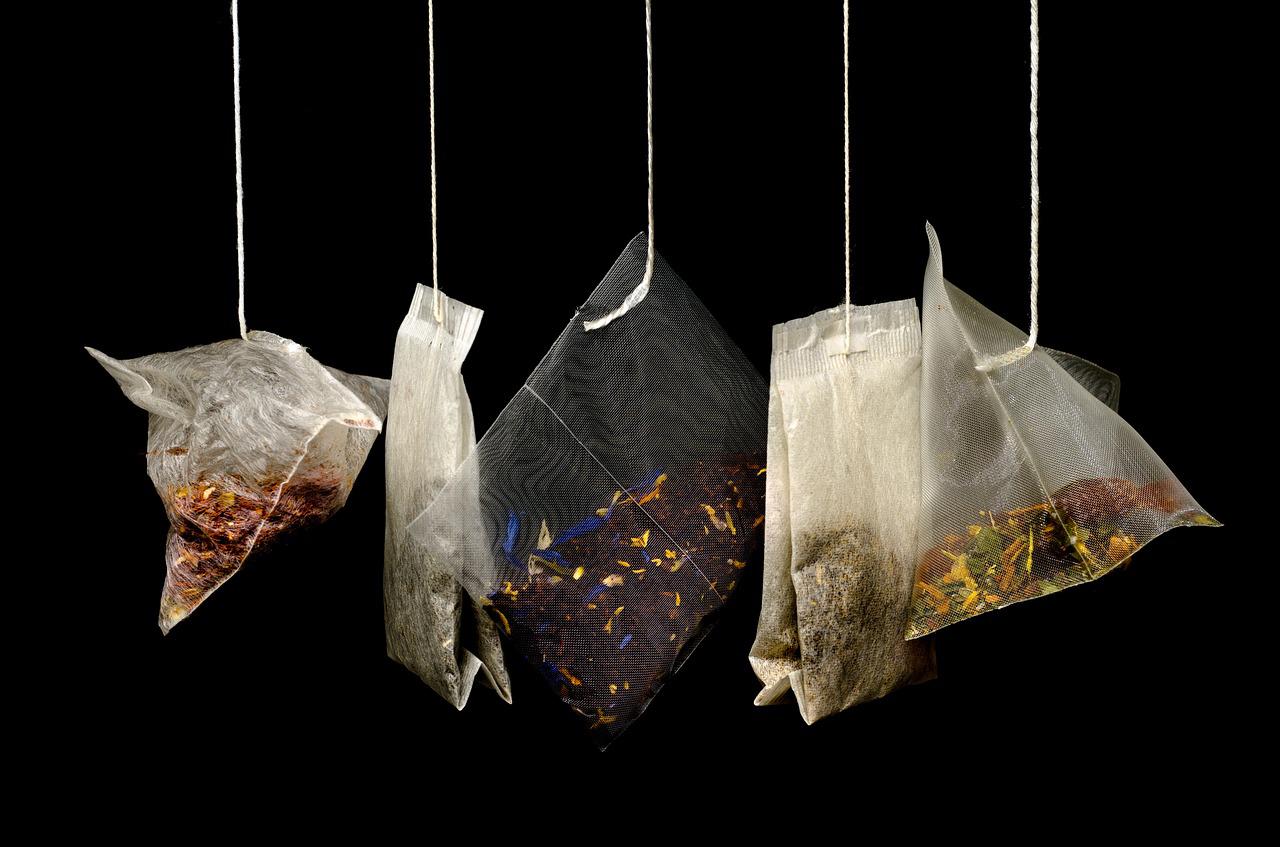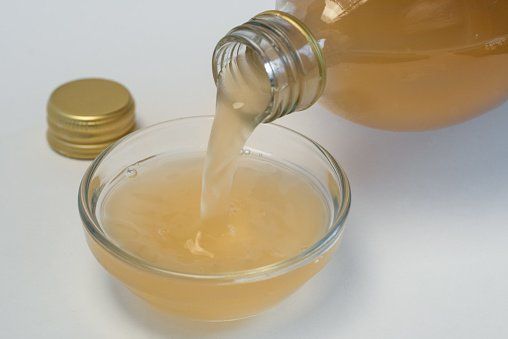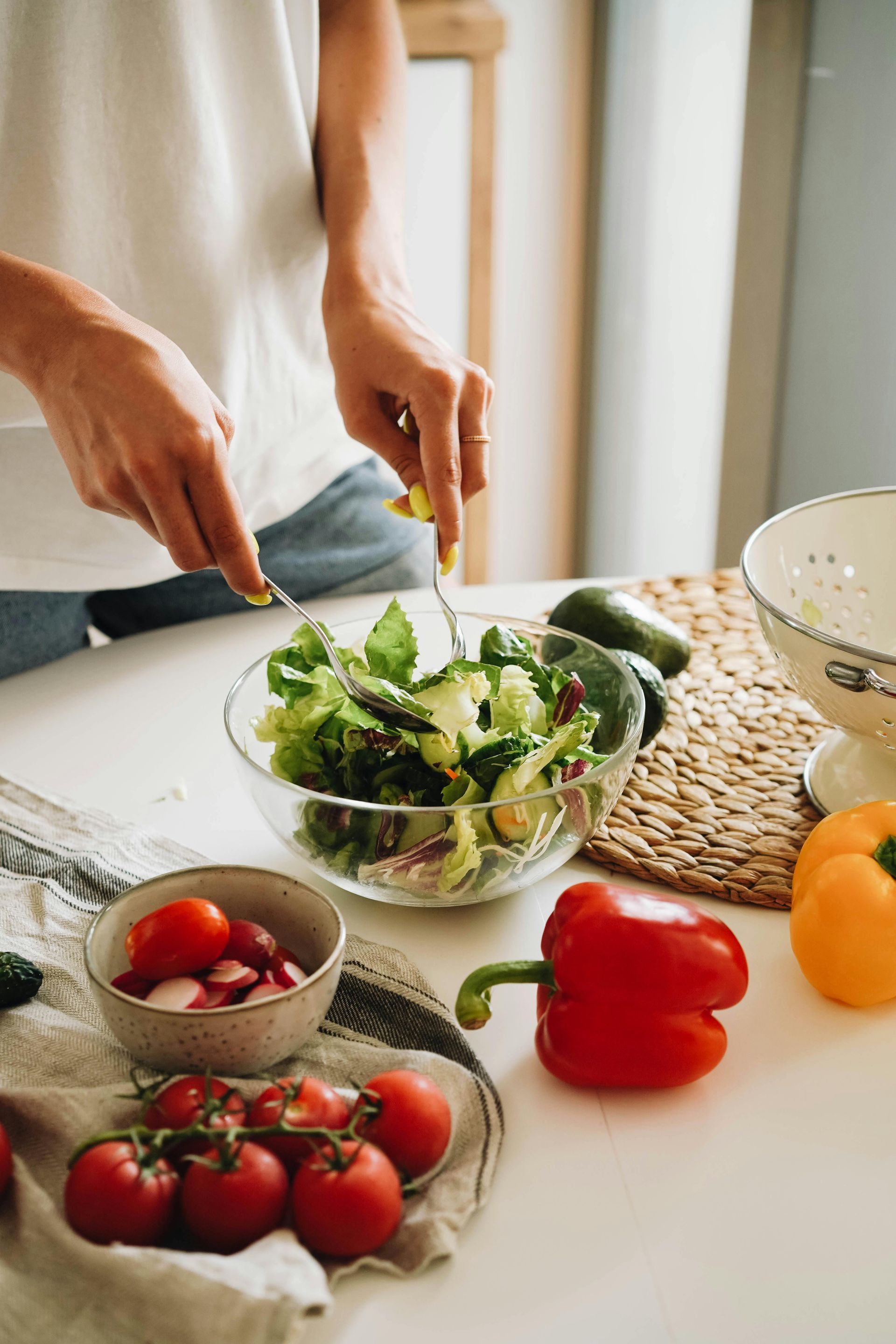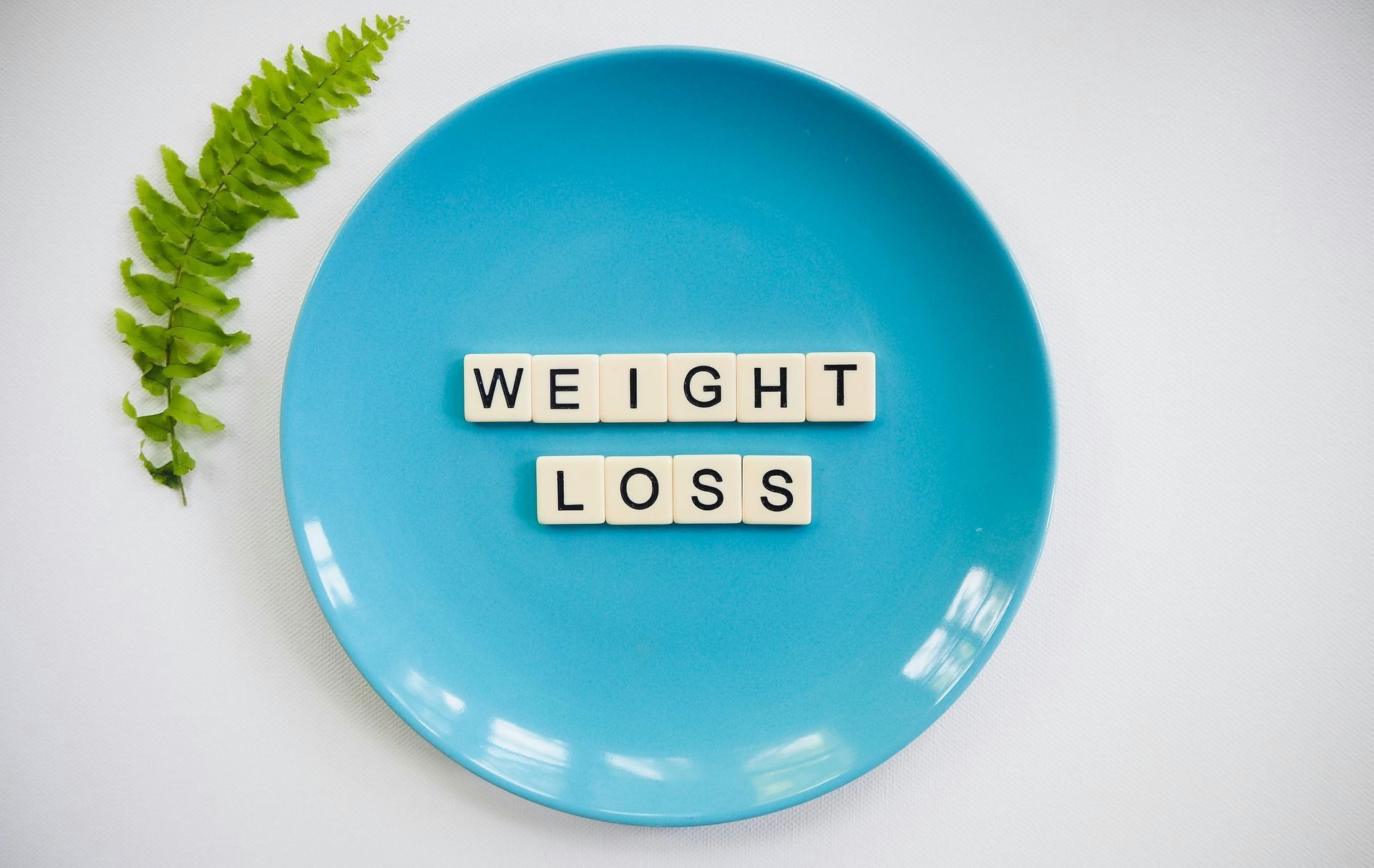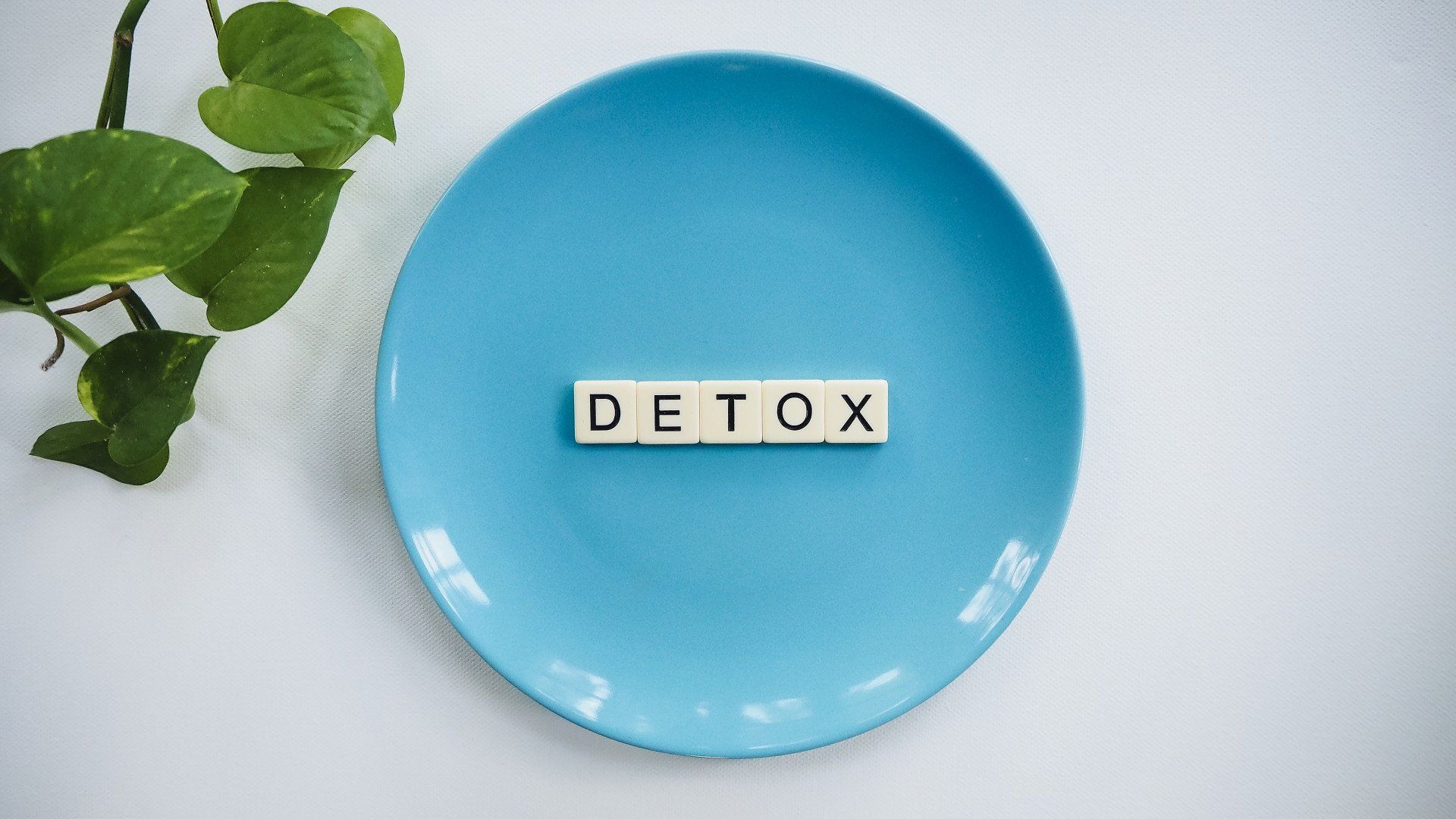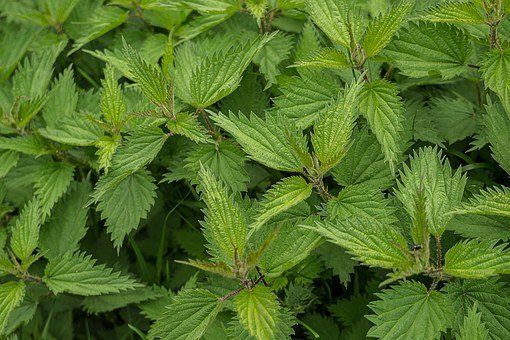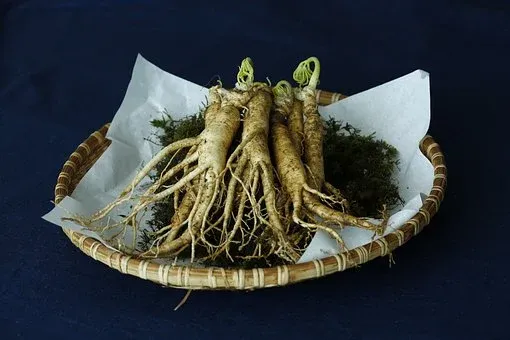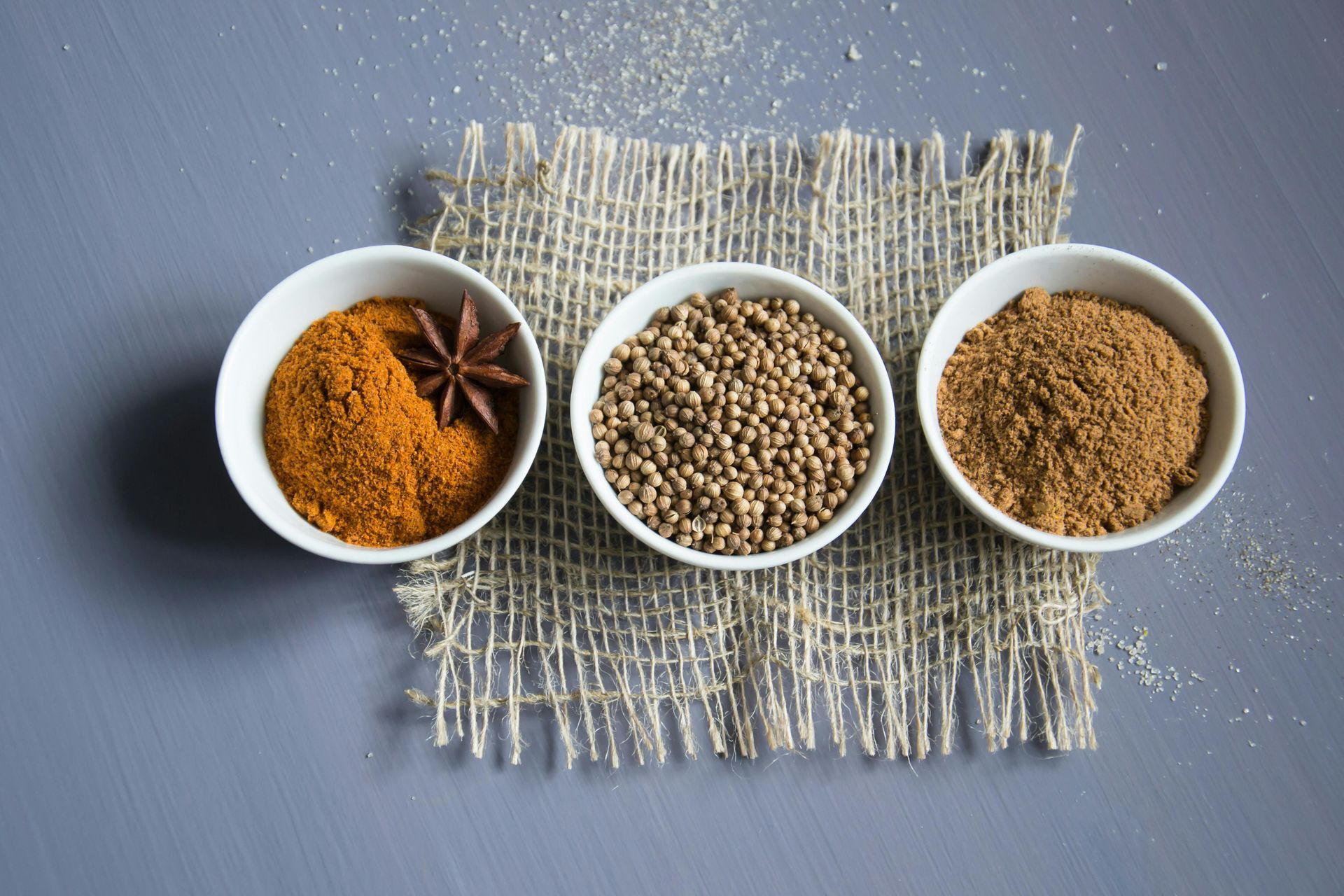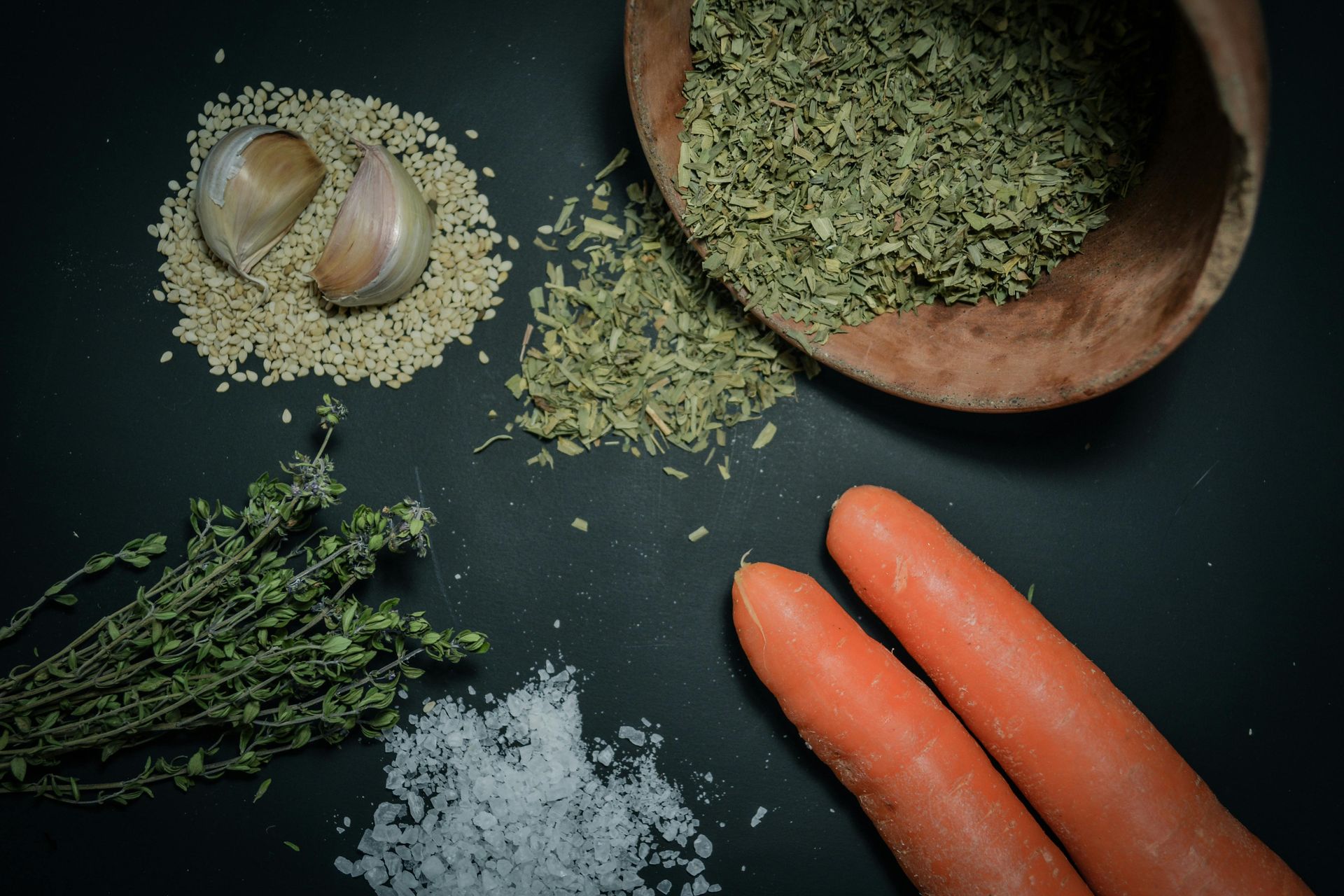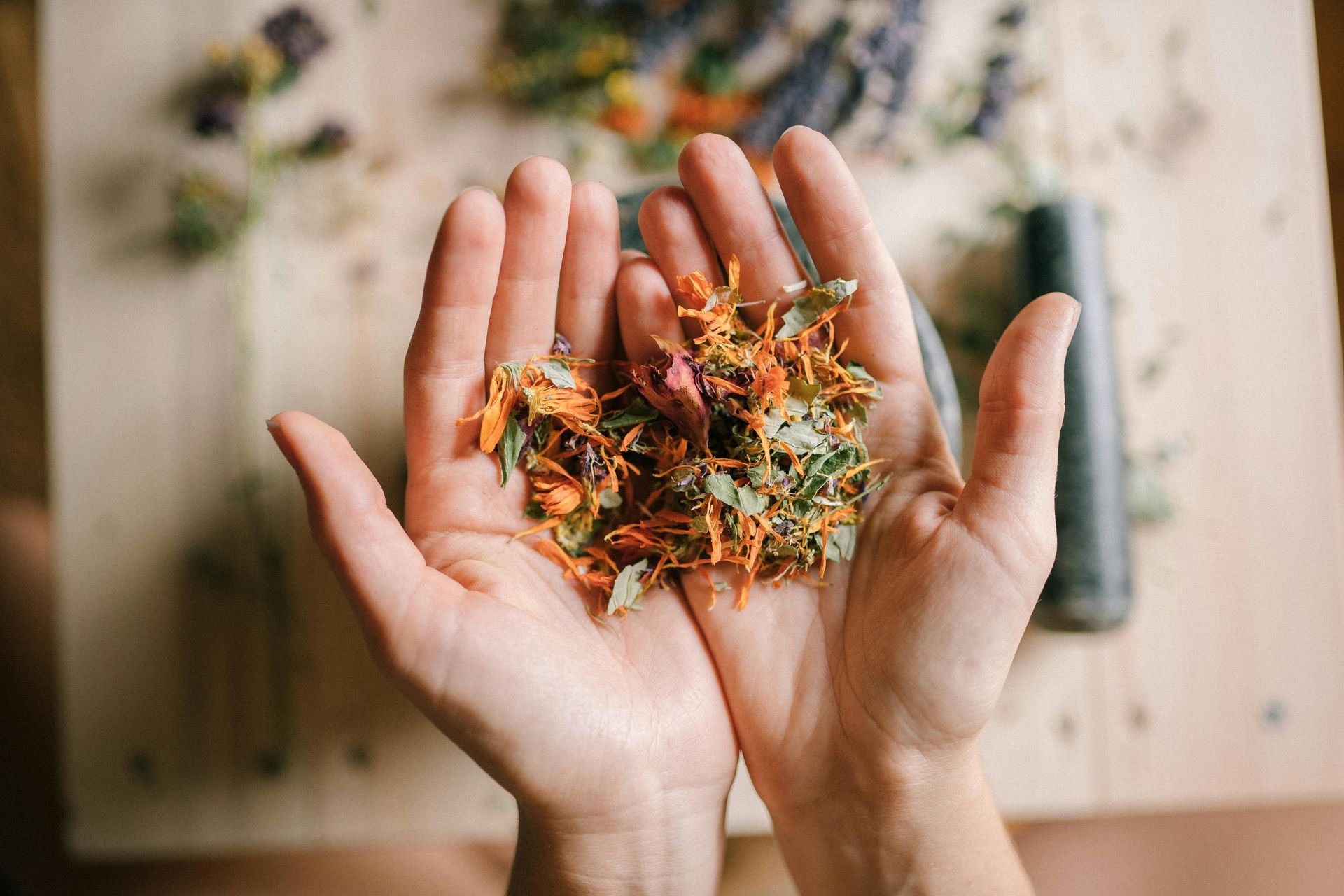Managing IBS with a Low FODMAP Diet
How the Low FODMAP Diet Works
Irritable Bowel Syndrome (IBS) is a common digestive disorder that affects millions of people worldwide. Characterized by symptoms like bloating, cramping, diarrhea, constipation, or a combination of these, IBS can be both physically uncomfortable and emotionally draining. If you're one of the many living with IBS, you're probably looking for ways to manage your symptoms and reclaim a sense of normalcy. One of the most researched and effective dietary approaches for managing IBS is the Low FODMAP diet.
What Is FODMAP?
FODMAP stands for Fermentable Oligosaccharides, Disaccharides, Monosaccharides, and Polyols—a group of short-chain carbohydrates (sugars) that are poorly absorbed in the small intestine. When these sugars aren’t absorbed properly, they can ferment in the gut, leading to symptoms like gas, bloating, diarrhea, and constipation, all of which are common in IBS.
Here’s a breakdown of the FODMAPs:
- Oligosaccharides: Found in foods like wheat, onions, and garlic.
- Disaccharides: Found in dairy products like milk and yogurt (lactose is the main culprit).
- Monosaccharides: Found in fruits like apples, pears, and honey (fructose is the primary sugar here).
- Polyols: Found in foods like cherries, mushrooms, and artificial sweeteners (sorbitol and mannitol are the common offenders).
For those with IBS, consuming foods high in FODMAPs can trigger uncomfortable symptoms. That’s where the Low FODMAP diet comes in.
How the Low FODMAP Diet Works
The Low FODMAP diet isn’t something you have to follow forever—it’s typically used in phases to identify which specific FODMAPs are triggering your symptoms. Here’s a quick rundown of how the diet works:
- Elimination Phase: This is the first phase where you eliminate high FODMAP foods from your diet for about 4–6 weeks. During this time, you’ll focus on eating low FODMAP alternatives to see if your symptoms improve. It’s important to be strict during this phase to get a clear picture of how your body is responding.
- Reintroduction Phase: After the elimination phase, you’ll start slowly reintroducing high FODMAP foods, one at a time, to identify which ones trigger your symptoms. This phase helps you pinpoint specific sensitivities so you can create a personalized diet plan.
- Personalization Phase: In this phase, you’ll combine the knowledge from the reintroduction phase to develop a long-term eating plan. The goal is not to avoid all FODMAPs forever, but to identify which ones you can tolerate and in what quantities, allowing for a balanced and varied diet.
Why the Low FODMAP Diet is Effective for IBS
Studies have shown that a Low FODMAP diet can help up to 75% of people with IBS experience significant symptom relief. The diet works by reducing the intake of fermentable carbohydrates that are known to exacerbate IBS symptoms. By identifying and eliminating these triggers, individuals often report reduced bloating, less cramping, and more regular bowel movements.
Moreover, the Low FODMAP diet doesn’t just address the immediate symptoms of IBS. It also provides a structured approach to identifying underlying food sensitivities, allowing for a more sustainable and individualized long-term plan. This flexibility is key—because IBS is a complex condition, a one-size-fits-all approach often doesn’t work.
Tips for Success on the Low FODMAP Diet
If you’re considering trying the Low FODMAP diet, here are some practical tips to help you succeed:
- Work with a Nutritionist: The Low FODMAP diet can be tricky to navigate, especially during the elimination and reintroduction phases. As a Nutritionist trained in Low FODMAP diet by Monash University, I can guide you through the process, ensuring you're still meeting your nutritional needs while avoiding triggers.
- Focus on Whole, Unprocessed Foods: During the elimination phase, it’s a great idea to focus on whole, unprocessed foods like lean proteins, vegetables (except high-FODMAP ones), gluten-free grains, and low-lactose dairy options. These foods are naturally low in FODMAPs and help keep your meals nutritious.
- Be Patient: While some people experience relief within the first few weeks of the diet, others may take a little longer to notice improvements. It’s important to be patient and consistent.
- Track Your Symptoms: Keeping a food and symptom diary can help you identify patterns in your symptoms and track progress throughout the phases of the diet.
- Watch Out for Hidden FODMAPs: Many packaged foods contain hidden sources of FODMAPs, including additives, sweeteners, and preservatives. Always check food labels carefully.
Key Takeaways
The Low FODMAP diet is a powerful tool for managing IBS, offering a structured approach to identify and eliminate specific triggers while maintaining a balanced diet. By working with a nutrition professional, being patient with the process, and focusing on whole foods, you can regain control over your digestive health and reduce the discomfort caused by IBS.
Remember, the Low FODMAP diet isn’t a permanent lifestyle change but rather a diagnostic tool to help you pinpoint your personal triggers. With the right approach, you can live a more comfortable, symptom-free life—without feeling restricted by your IBS.
